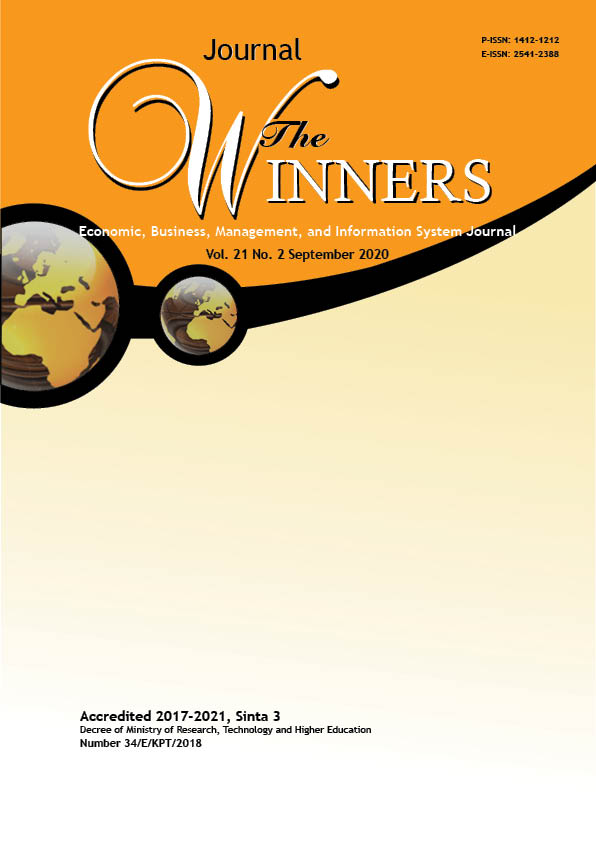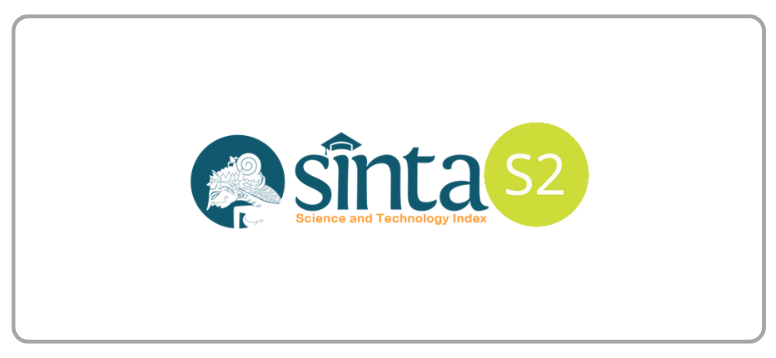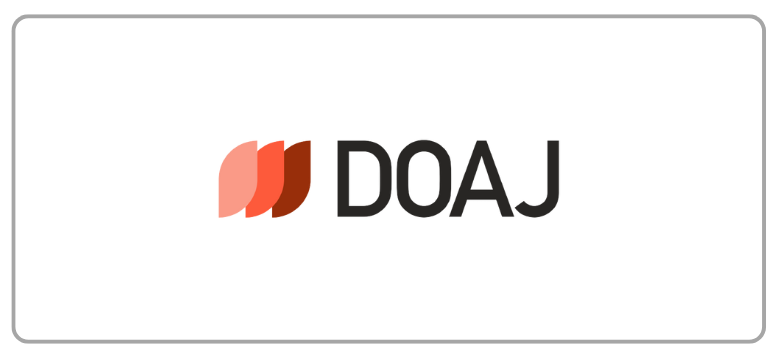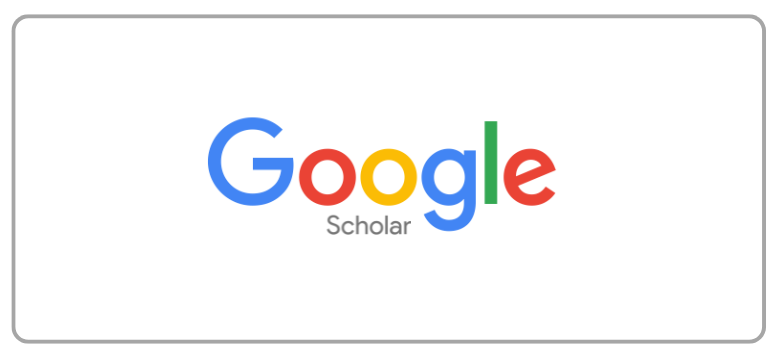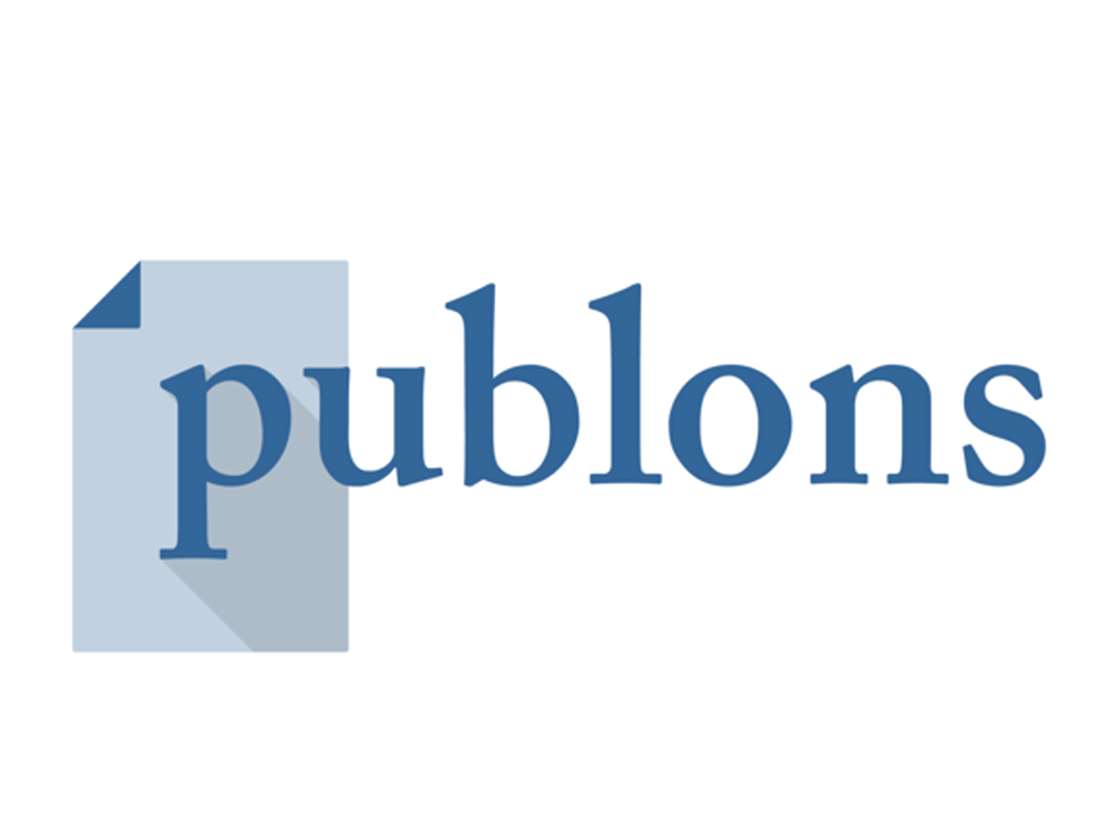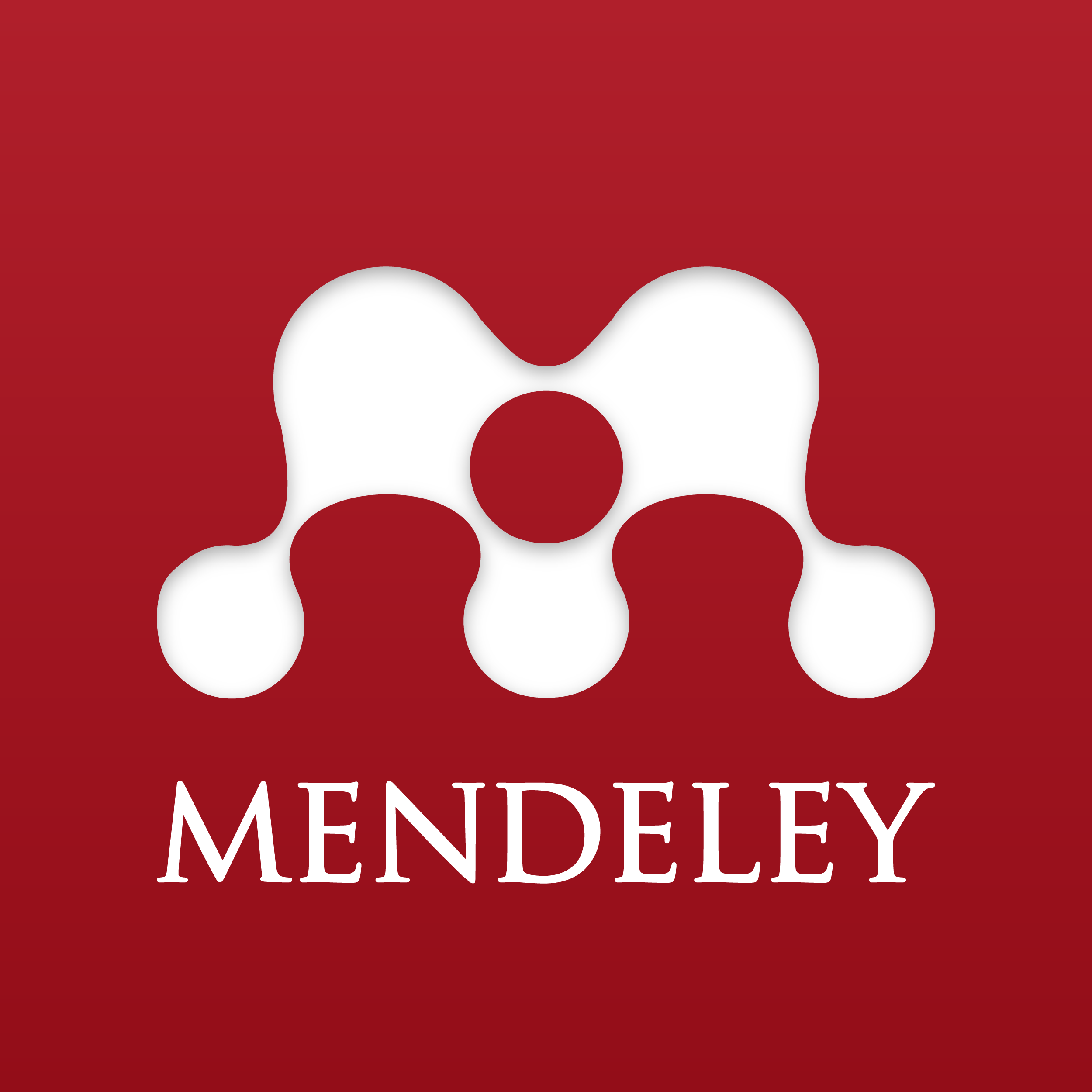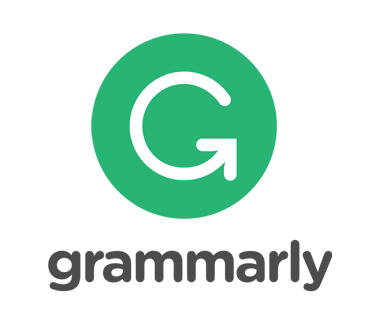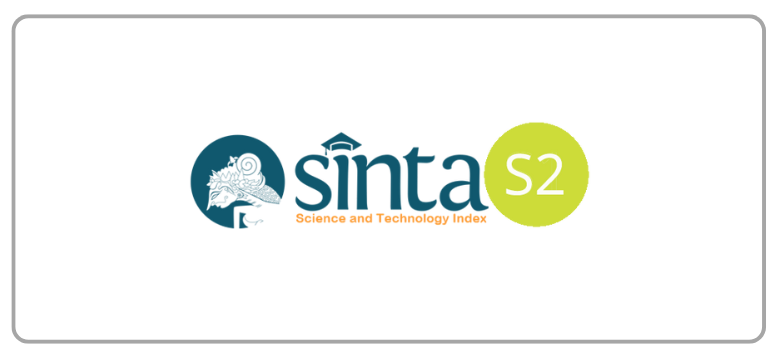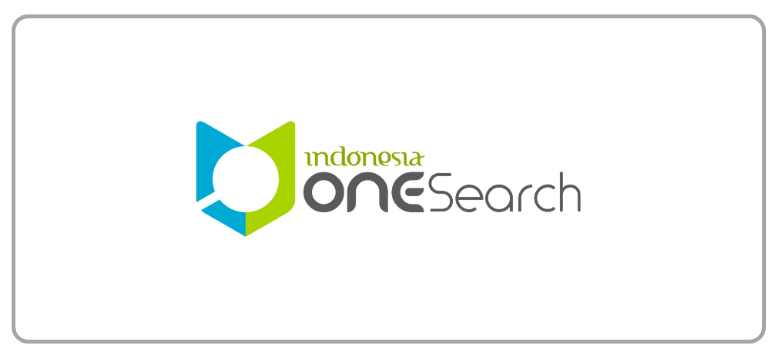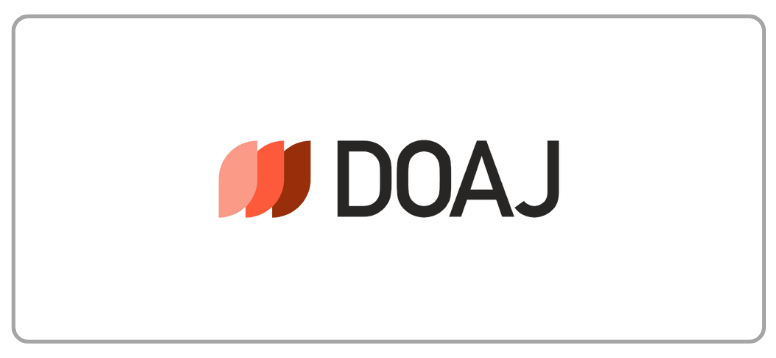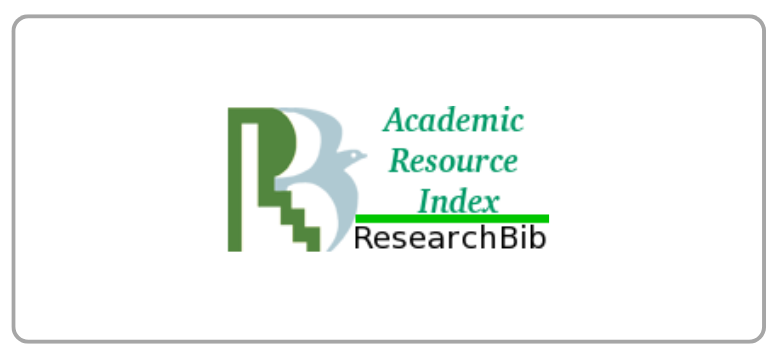Leadership Agility and Digital Quotient Influence on Employee Engagement: A Case of PT X and Pinrumah.com
DOI:
https://doi.org/10.21512/tw.v21i2.6768Keywords:
leadership agility, digital quotient, employee engagementAbstract
The research aimed to determine whether leadership (leadership agility) and digital intelligence (digital quotient) have an influence on employee engagement. The data collection method was conducted by distributing questionnaires to employees, which obtained a sample of 150 people in pharmaceutical companies and Pinrumah.com. The analysis method was multiple regression analysis using IBM SPSS Statistics 20 software as data processing. The results show that both leadership agility and digital quotient have significant effects on employee engagement.
Plum Analytics
References
Bakker, N. A., & Albrecht, S. (2018). Work engagement: Current trends. Career Development International, 23(1), 4-11. https://doi.org/10.1108/CDI-11-2017-0207.
Cinar, I., Ege, O., & Karaca, I. (2020). The digital smash product. Electronic Research Archive, 28(1), 459 - 469. https://doi.org/10.3934/era.2020026.
DuBrin, A. J. (2015). Leadership: Research Findings, Practice, and Skills (7th Ed.). US: Cengage Learning.
Gil-Beltrán, E. G., Llorens, S. & Salanova, M. (2020). Employees’ physical exercise, resources, engagement, and performance: A cross-sectional study from HERO Model. Journal of Work and Organizational Psychology, 36(1), 39-47. https://doi.org/10.5093/jwop2020a4.
Guapari, J., & Kouzes, J. (2015). Otherwise Engaged: How Leaders Can Get a Firmer Grip on Employee Engagement and Other Key Intangibles. New Jersey: Maven House.
Hakanen, J. J., Ropponen, A., Schaufeli, B. W., & Witte, D. H. (2019). Who is engagenged at work?: A large-scale study in 30 Europe countries. Journal of Accopational and Environmental Medicine, 61(5), 373-381. https://doi.org/10.1097/jom.0000000000001528.
Lee, J. Y., Rocco, S. T., & Shuck, B. (2019). What is a resource: Toward a taxonomy of resources for employee engagement.
Human Resource Development Review, 19(1). https://doi.org/10.1177/1534484319853100.
Saputra, N., Sasmoko, Abdinagoro, S. B., & Kuncoro, E. A. (2018). Developing work engagement and business agility for sustainable business growth in Indonesia oil palm industry. Journal of Advanced Research in Dynamical and Control Systems, 4, 1302-1312. https://www.jardcs.org/backissues/abstract.php?archiveid=4693.
Uyun, M. Q. (2018). Leadership agility, the influence on the organizational learning and organizational innovation and how to reduce imitation orientation. International Journal for Quality Research, 13(2), 467 - 484. https://doi.org/10.24874/IJQR13.02-14.
Yadav, N., & Dixit, S. (2017). A conceptual model of learning agility and authentic leadership development: Moderating effects of learning goal orientation and organizational culture. Journal of Human Values, 23(1), 40-51. https://doi.org/10.1177/0971685816673487.
Downloads
Published
How to Cite
Issue
Section
License
Copyright (c) 2020 Ririn Fitaloka

This work is licensed under a Creative Commons Attribution-ShareAlike 4.0 International License.
Authors who publish with this journal agree to the following terms:
a. Authors retain copyright and grant the journal right of first publication with the work simultaneously licensed under a Creative Commons Attribution License - Share Alike that allows others to share the work with an acknowledgment of the work's authorship and initial publication in this journal.
b. Authors are able to enter into separate, additional contractual arrangements for the non-exclusive distribution of the journal's published version of the work (e.g., post it to an institutional repository or publish it in a book), with an acknowledgment of its initial publication in this journal.
c. Authors are permitted and encouraged to post their work online (e.g., in institutional repositories or on their website) prior to and during the submission process, as it can lead to productive exchanges, as well as earlier and greater citation of published work.
USER RIGHTS
All articles published Open Access will be immediately and permanently free for everyone to read and download. We are continuously working with our author communities to select the best choice of license options, currently being defined for this journal as follows: Creative Commons Attribution-Share Alike (CC BY-SA)
